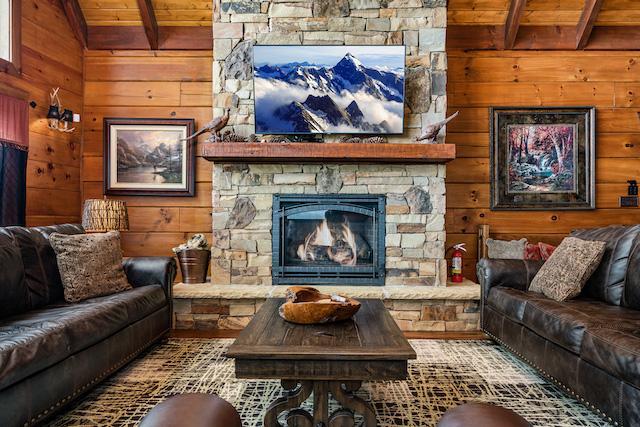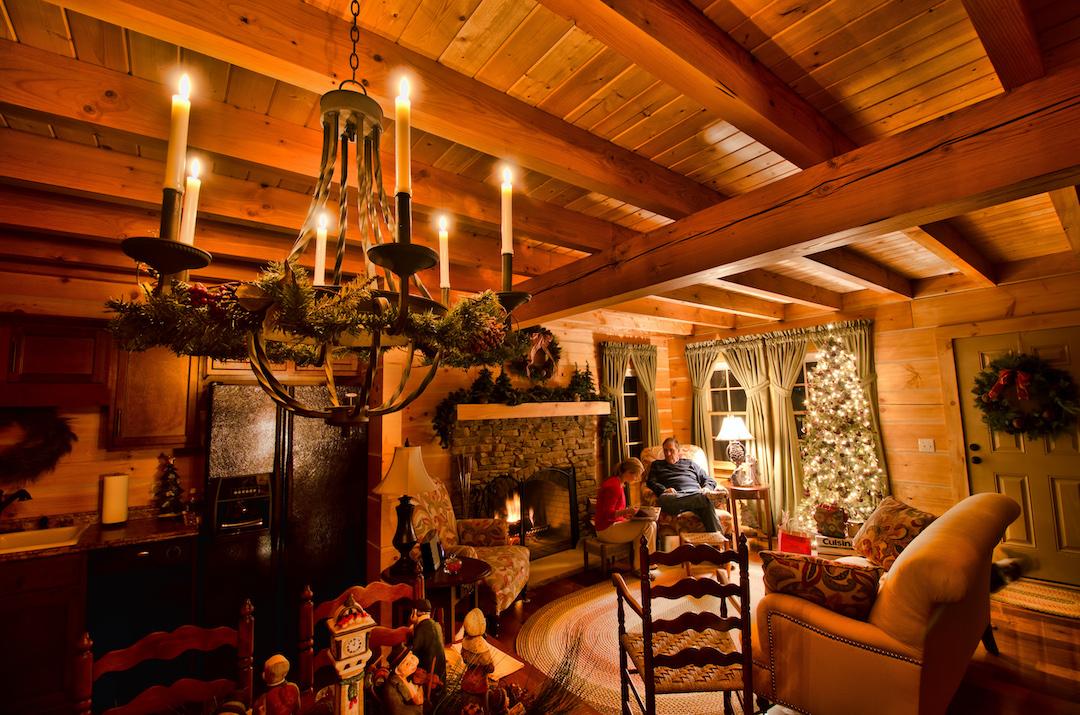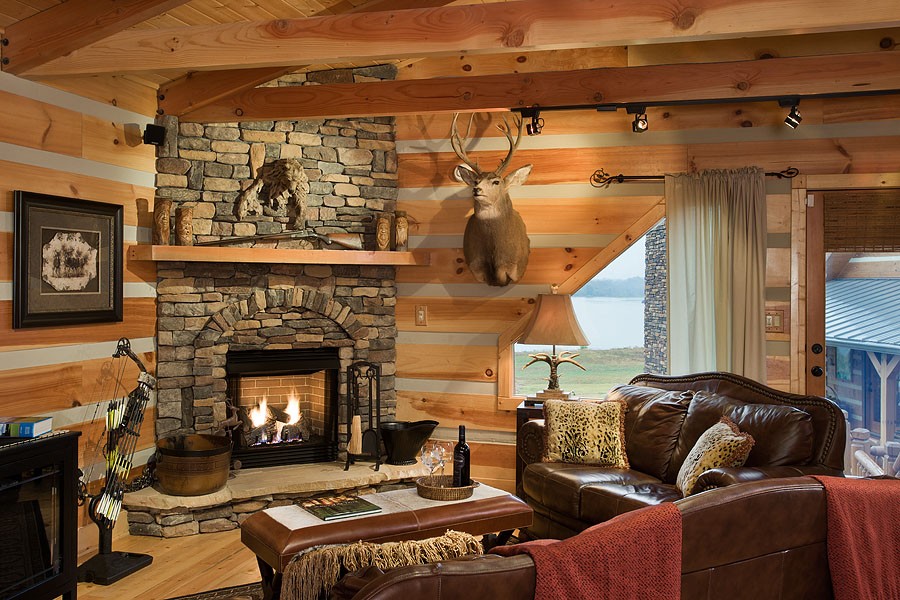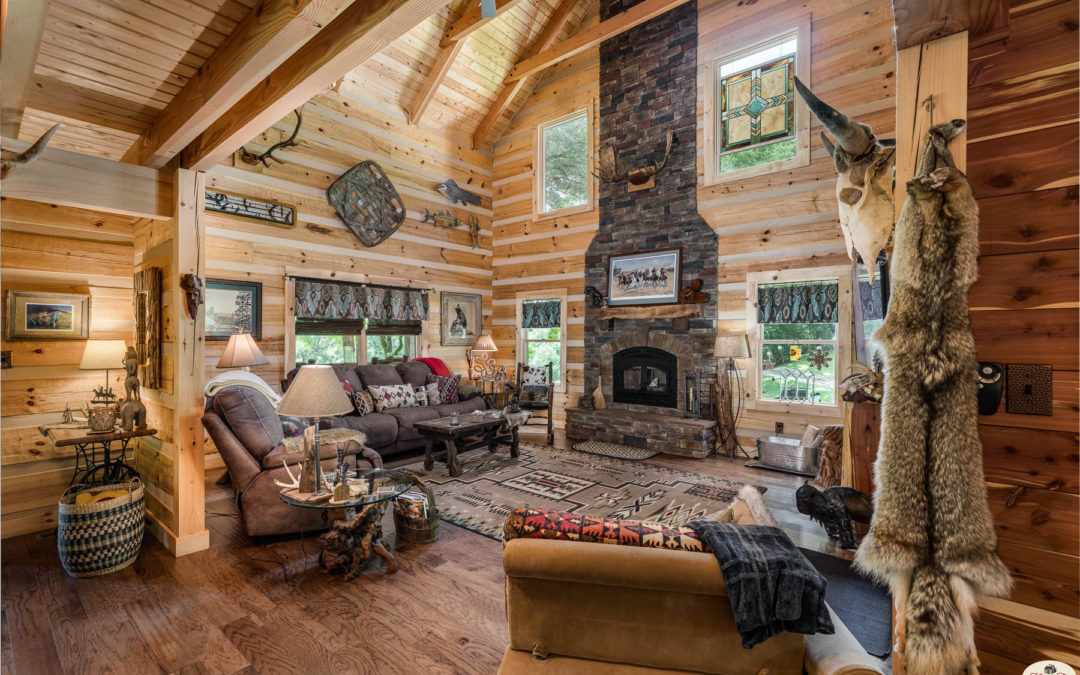Fireplaces can be a beautiful and functional addition to a home, but it is important to follow proper safety precautions to reduce the risk of fire and other accidents. Here are some general safety tips to consider when using a fireplace:
Inspect and clean regularly: This will help to identify and address any potential issues that could lead to a fire.
Use a fireplace screen: A fireplace screen will help to contain sparks and embers, and prevent them from escaping the fireplace and landing on nearby combustibles.
Only burn dry, seasoned wood: Freshly cut, or “green,” wood contains a high moisture content and can be difficult to burn. It also releases more smoke and pollutants when burned, which can be harmful to your health and the environment.
Use a spark arrestor: A spark arrestor is a mesh screen that is installed at the top of the chimney to prevent sparks and embers from escaping.
Keep a fire extinguisher on hand: In case of an emergency, it is important to have a fire extinguisher nearby to quickly extinguish any fires.
Keep children and pets away from the fireplace: Children and pets should be kept a safe distance from the fireplace to prevent accidental burns or injuries.
Follow proper fire-building techniques: When building a fire, be sure to use a proper fire-building technique, such as the “top-down” method, to ensure that the fire burns efficiently and safely.
By following these safety precautions, you can enjoy your fireplace with confidence and peace of mind.

Here’s some professional advice for making the most of your fireplace.
Before bringing firewood into the house, it is important to make sure that the wood is dry and properly seasoned. Freshly cut wood, or “green” wood, contains a high moisture content and can be difficult to burn. It also releases more smoke and pollutants when burned, which can be harmful to your health and the environment.
To ensure that your firewood is dry and ready to burn, you should allow it to season, or dry out, for at least six to nine months after it is cut. To season firewood, stack it in a dry, well-ventilated area, with the ends exposed to the air. The wood will naturally lose moisture as it seasons, and will be ready to burn when it has a moisture content of 20% or less.
In addition to seasoning the wood, it is important to inspect it for any signs of pests, such as insects or fungi. Firewood that has been infested with pests can spread diseases or damage to the wood, and should not be brought into the house.
It is generally recommended to store firewood at least 30 feet away from the home, or any other structures, to reduce the risk of fire. The exact distance will depend on the size and layout of your property, as well as local building codes and regulations.
It is also important to store firewood on a raised platform, such as a wood rack or pallet, to keep it off the ground and away from moisture. Keeping the wood dry will help to prevent rot and make it easier to burn.

There are several species of wood that are commonly used for firewood in indoor fireplaces. These include:
Hardwoods: Hardwoods, such as oak, ash, and maple, are denser and have a higher energy content, making them a good choice for long-burning fires. They also produce less smoke and creosote, which can help to reduce the risk of chimney fires.
Softwoods: Softwoods, such as pine and cedar, are lighter and less dense, and are generally easier to split and stack. They burn more quickly than hardwoods and produce more smoke, which can be a disadvantage for indoor use.
Fruitwoods: Fruitwoods, such as apple, cherry, and peach, are relatively soft and have a distinctive, fruity aroma when burned. They are often used for grilling or smoking, but can also be used in indoor fireplaces.
Ultimately, the best type of wood for indoor fireplaces will depend on your personal preferences and the characteristics of your fireplace. Some factors to consider include the size and design of the fireplace, the availability of different types of wood in your area, and your budget. It is a good idea to consult with a professional chimney sweep or your local fire department for specific recommendations.

Incorporate design features that can make it easier to remove ashes from a fireplace:
Ash dump: An ash dump is a small door or opening located at the base of the fireplace, typically behind the grate. It allows you to easily sweep or shovel ashes out of the fireplace and into a container for disposal.
Ash pan: An ash pan is a removable tray or container that fits under the fireplace grate. It catches ashes as they fall through the grate, making it easy to remove and dispose of them. Some ash pans have handles or wheels for easier handling.
Ash vacuum: An ash vacuum is a specialized tool that is designed specifically for cleaning up ashes. It has a strong suction power and a filter to trap fine particles, making it easier to remove ashes from the fireplace without creating a mess.
Ash bucket: An ash bucket is a metal container with a tight-fitting lid that is designed for storing and disposing of ashes. It can be placed under the ash dump or ash pan to catch ashes as they are removed from the fireplace.
Regardless of the method you choose, it is important to follow proper safety precautions when removing ashes from the fireplace. Wear gloves to protect your hands, and use a metal shovel or scoop to avoid the risk of burns. Do not leave ashes in the fireplace unattended, and make sure to store them in a metal container with a tight-fitting lid until they can be disposed of properly.
– article by Honest Abe Log Homes, ©2023




